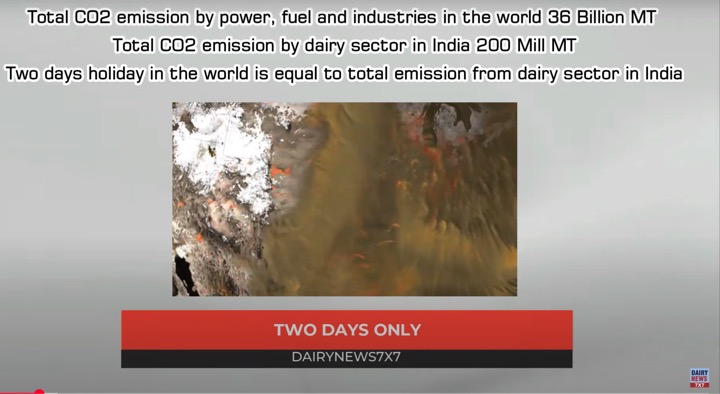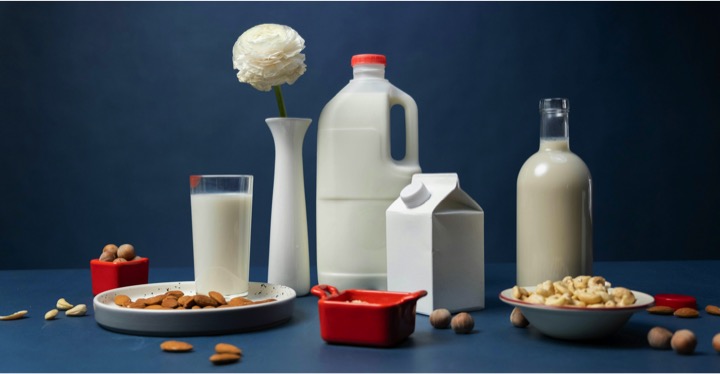A water canal project and better road connectivity in a State like Rajasthan seem to be the reasons for the decline in the number of camels in the country, if the reply in the Lok Sabha is any indication.
In a reply in the Lok Sabha, Narendra Singh Tomar, Union Minister of Agriculture and Farmers Welfare, said the number of camels has come down from 4 lakh during the livestock census of 2012 to 2.52 lakh in the 2019 livestock census, showing a decline of 37 per cent.
Around 84 per cent of camels in in India are located in Rajasthan and another 11 per cent in Gujarat.
The Minister highlighted some of the reasons given by the Rajasthan Animal Husbandry Department for the decline in the number of camels in that state.
Fall in grazing lands
Decline in the grazing land is one of the reasons for the decline in the number of camels. Rajasthan government said the grazing lands have declined due to establishment of Indira Gandhi Nahar Sinchaii project (a water canal project) in Badmer, Bikaner, Churu, Hanumangarh, Jaiselmer, Jodhpur and Sriganganagar districts of Rajasthan. These grazing lands were the main fodder source for camel.
Added to this, it has become difficult for camel rearers to provide fodder to camels due to restrictions in forest areas.
The use of camel in agriculture and transport sectors have also come down in Rajasthan. The Rajasthan Animal Husbandry Department also said that progressive mechanization of agriculture sector has reduced utility of camel in agriculture sector.
More vehicles in use
Most of the interior areas are connected with ‘pakka’ roads and dependency on camels for transportation from one area to another is reducing gradually. People prefer vehicle for transportation rather than using camel, it said.
The younger generation is moving away from the camel husbandry practices due to their higher educational status and little scope in camel rearing, according to the Rajasthan Animal Husbandry Department.
Considering the decline in the number of camels, the Rajasthan government highlighted several measures to conserve them.
It said that there is organised market of camel milk or camel dairy established in the State. The National Research Centre on Camel, Bikaner, and Lokhit Pashupalak Sansthaan, Saaddi, Paali are trying to make camel milk famous among public through preparation of processed milk products such as ice cream, flavoured milk, etc.
It said the Rajasthan government has started camel conservation scheme of Rajasthan to promote the production of camel calf. Under this scheme, ₹10,000 will be given to camel rearers in two instalments (for each calf born at the age 0-2 months and 1 year).
To prohibit camel slaughter and also to regulate temporary migration or export thereof from Rajasthan, the State has enacted and enforced ‘The Rajasthan Camel (Prohibition of Slaughter And Regulation of Temporary Migration or Export) Act, 2015’.
Rearing centre
According to the Gujarat government, the camel rearing centre at Dhori, Kutchh, is working in a scientific manner for the purpose of increasing the number of camels through pure breeding.
Surplus male camels other than requirement of the farm are supplied to camel breeders, Border Security Force and police department at nominal price.
The Minister informed Lok Sabha that the Gujarat government has provided assistance for establishing procurement and processing of camel milk in Kutchh region.
























